Chen Yuhao
Where do you live: Shenzhen, China
Your education: Currently in high school
Describe your art in three words: Time-captured · Dual-layered · Memory-capsuled
Your discipline: Documentary photography
Could you introduce yourself and share how you first became interested in photography?
I am a high school student living in Shenzhen, China, currently studying an A-level photography course and will be travelling to the UK in the future to further my undergraduate studies in photography. The story of my photography began when I was in primary school travelling with my family to Dali, Yunnan Province. My father stood on a rock and took a photo of a natural landscape, then made the image colourful by simply mixing the colours, which captivated me. I followed my father’s example and took a photo from the same angle. After posting it on social media, my friends and classmates complimented me on it, and I developed the habit of taking photos as I went along. As I continued to grow, I began to focus on composition. In the last year of junior high school, I got my first DSLR camera, and since then I have more professional equipment, and gradually began to create more professional works. During this period I also shot a lot of humanities and urban themes. In the process, I also changed psychologically also from my initial interest to the major I chose for my final undergraduate degree. In my opinion, it is very enjoyable to be able to make what I love into a major or even a job in the future.
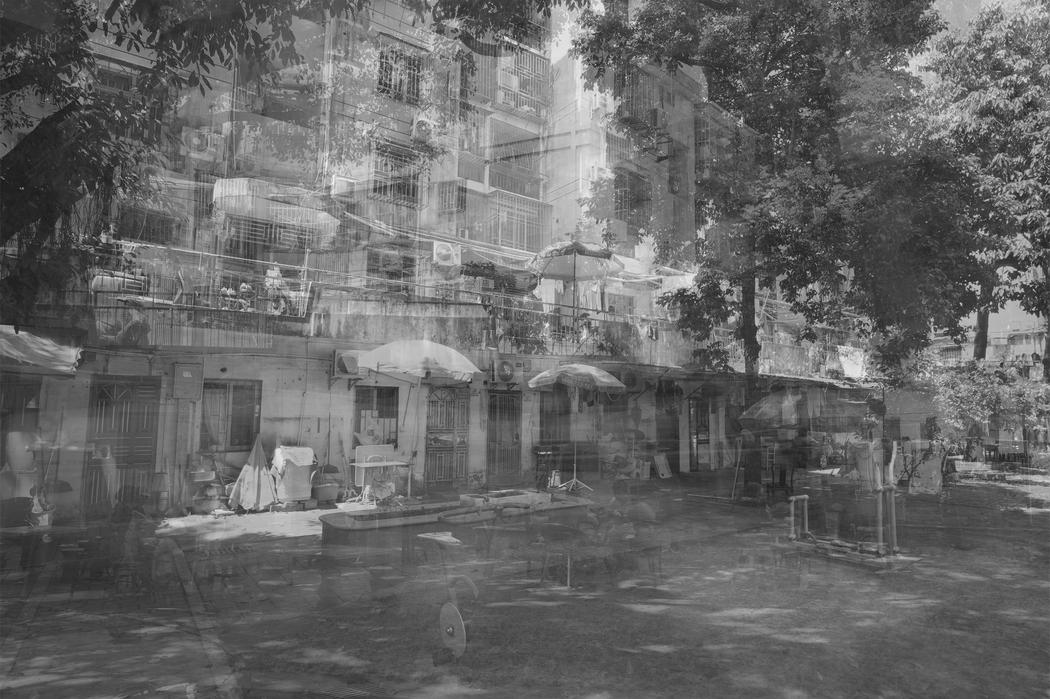
What is it like growing up in Shenzhen, a city that is changing so quickly?
Over the past forty years, Shenzhen has transformed from a small fishing village into a modern international city. Recently, Shenzhen also announced that it will host the APEC (Asia-Pacific Economic Cooperation) summit in 2026. As someone who has grown up here, I feel both proud and excited about this. There is a well-known saying in Shenzhen:
“Time is money, and efficiency is life.”
The community where I live was one of the first areas to be developed in the city. I have personally witnessed the transformation of the nearby urban village—from demolition and redevelopment to the construction of new schools and commercial centers. This experience has shown me just how quickly the city changes.
In a city developing at such a fast pace, you can always see advanced technology, such as drone light shows featuring over 12000 drones, as well as many creative and trendy design elements throughout the city. Living in Shenzhen, you might find that the today‘s street outside your home looks completely different from tomorrow. That is why this city can always capture the contrast between the old and the new.
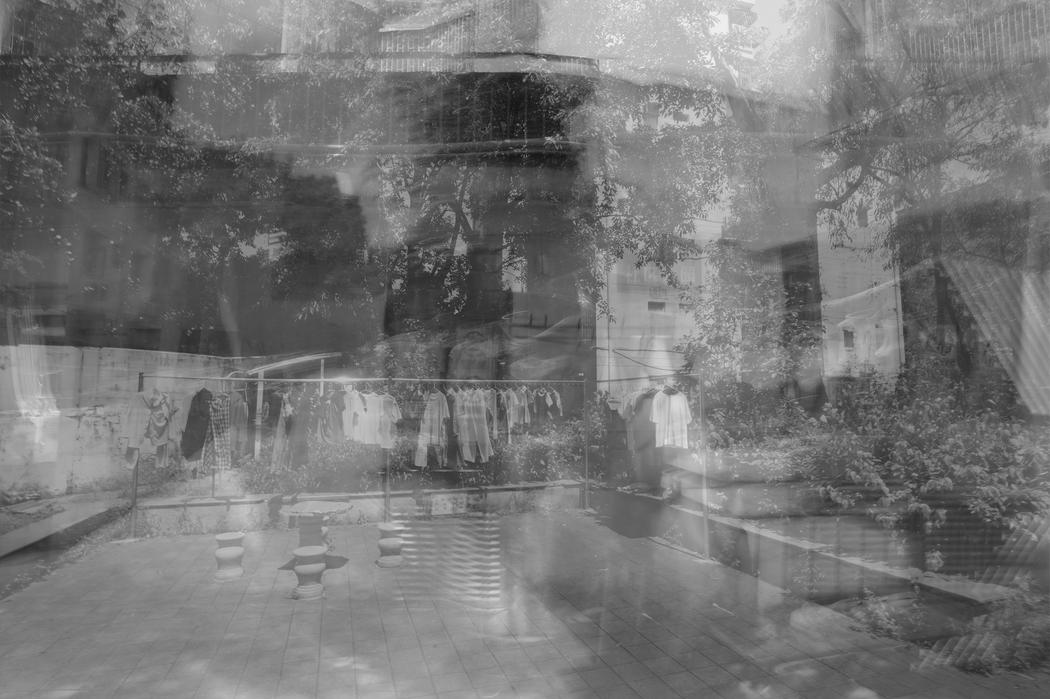
How did your surroundings influence your decision to document urban life?
In my daily life, I have observed the contradictions of Shenzhen, the city where I live. These include the contrast between fast and slow, new and old, and the bustling CBD alongside the vibrant life of urban villages and old residential areas. All of this has given me the immediate impression that a city, in its process of change, is not only a carrier of memories but also a vessel for the emotional warmth of cultural transformation within collective memory. Photography, including my projects, serves as a bridge connecting these two aspects.
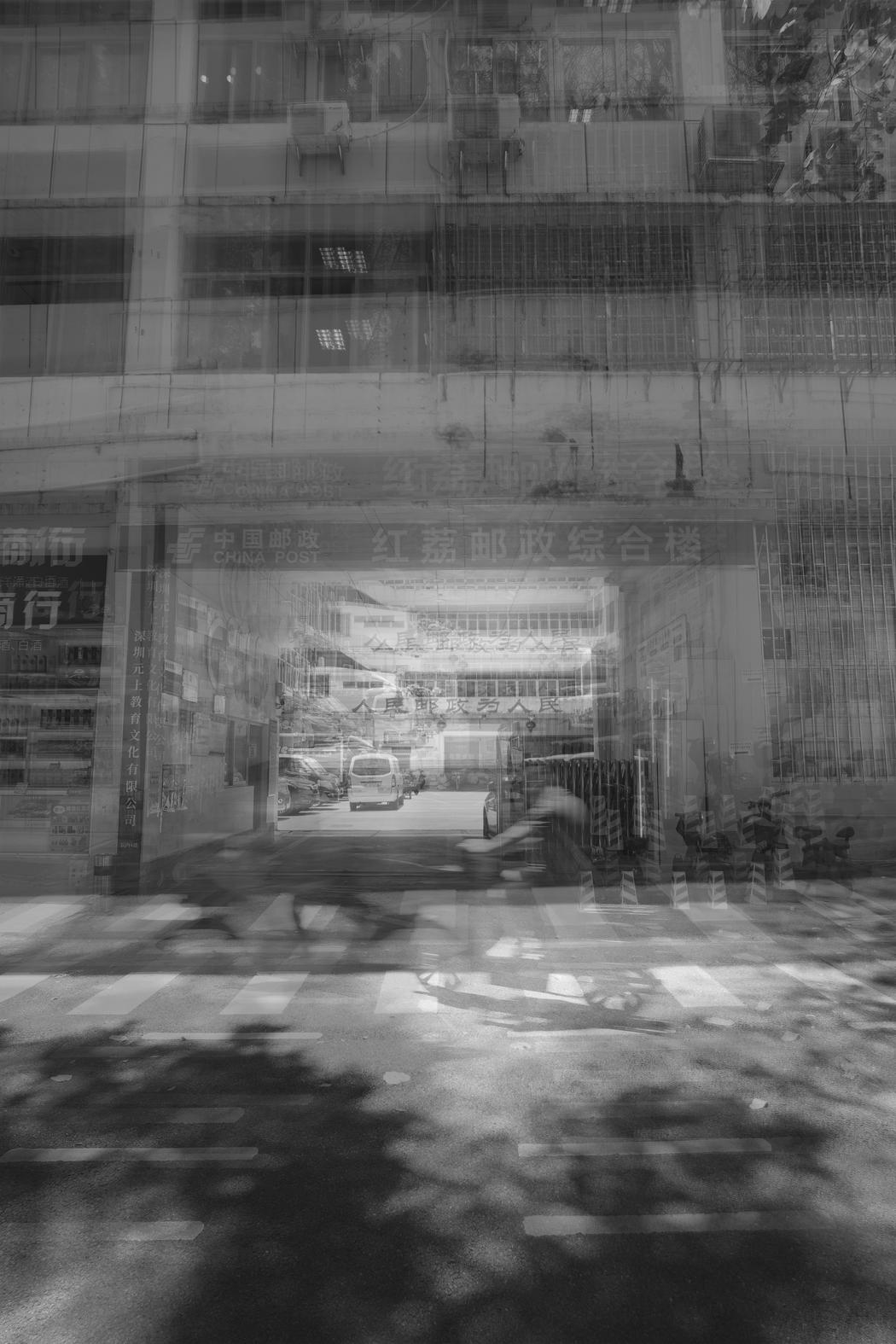
Your project explores urban villages and old residential areas. Why are these places important to you personally?
This is closely related to the environment in which I grew up. When I was a child, there was an urban village and a shopping mall next to my house, and it can be said that these two places carried the memories of my childhood. At that time, I often went to the urban village with my small friends to play and eat. The neighbourhood of an urban village has a sense of kinship that cannot be expressed in words. Many shopkeepers have watched me grow up since I was a child, and until today when I go to their newly relocated shops, they can still recognise me and exchange pleasantries with me, and every time I do so, the images of the past are still fresh in my mind. At the same time, Shenzhen’s urban villages are also home to many migrants who come to work and live in Shenzhen, and urban villages are like harbours for them. I think urban villages are like a microcosm of Shenzhen, although the buildings are very close together, they are also a reflection of countless people.
The inspiration for the old neighbourhood came from a chance walk through the city, when I walked in I found that it was like being isolated from the rest of the world, where I couldn’t feel the fast pace of the past, and everything seemed to be on a slow speed. I saw the residents’ clothes and quilts drying in the open air, and the air was full of the smell of sunshine, which was different from my usual home. I could see the old people gathering together to play chess and chatting, everything was very leisurely, which gave me a great feeling. With the passage of time, the city’s development needs will certainly be the old things slowly demolished, so as to usher in new things, in the future someday these old neighbourhoods may also be demolished, but this for many people is also their memory carrier.
Can you tell us more about the idea behind using double exposure in this series? What do the layers represent?
The superposition of double exposures actually represents the spatial and temporal section of the city, and as the ‘unfinished characteristics’ of photography are constantly superimposed like memories, each layer corresponds to a specific spatial and temporal dimension, and the superposition symbolises that ‘change is not a replacement, but a continuation’. The layering of double exposures in this process reflects the dual attributes of space and humanity in the city, one layer is the physical space, while the other layer is the traces of human beings, which also expresses the core concept of my project: the city has a temperature because of its memories.

How do you see the connection between personal memories and the transformation of the city?
For my opinion, personal memories are peripatetic and this includes many fragmented moments. On the other hand the history of city change is grand. The connection between the two is that personal memory and urban change shape and influence each other, with city change providing the impetus and context for memory, and personal memory injecting emotion and warmth into cold urban change.
Are there any photographers, films, or visual styles that inspire your work?
The artist I chose to research for my A- Level studies was Fan Ho, a famous Hong Kong photographer, whose photographs document Hong Kong’s street life and city light, which was a very important learning experience for me in observing the things around me and the themes.

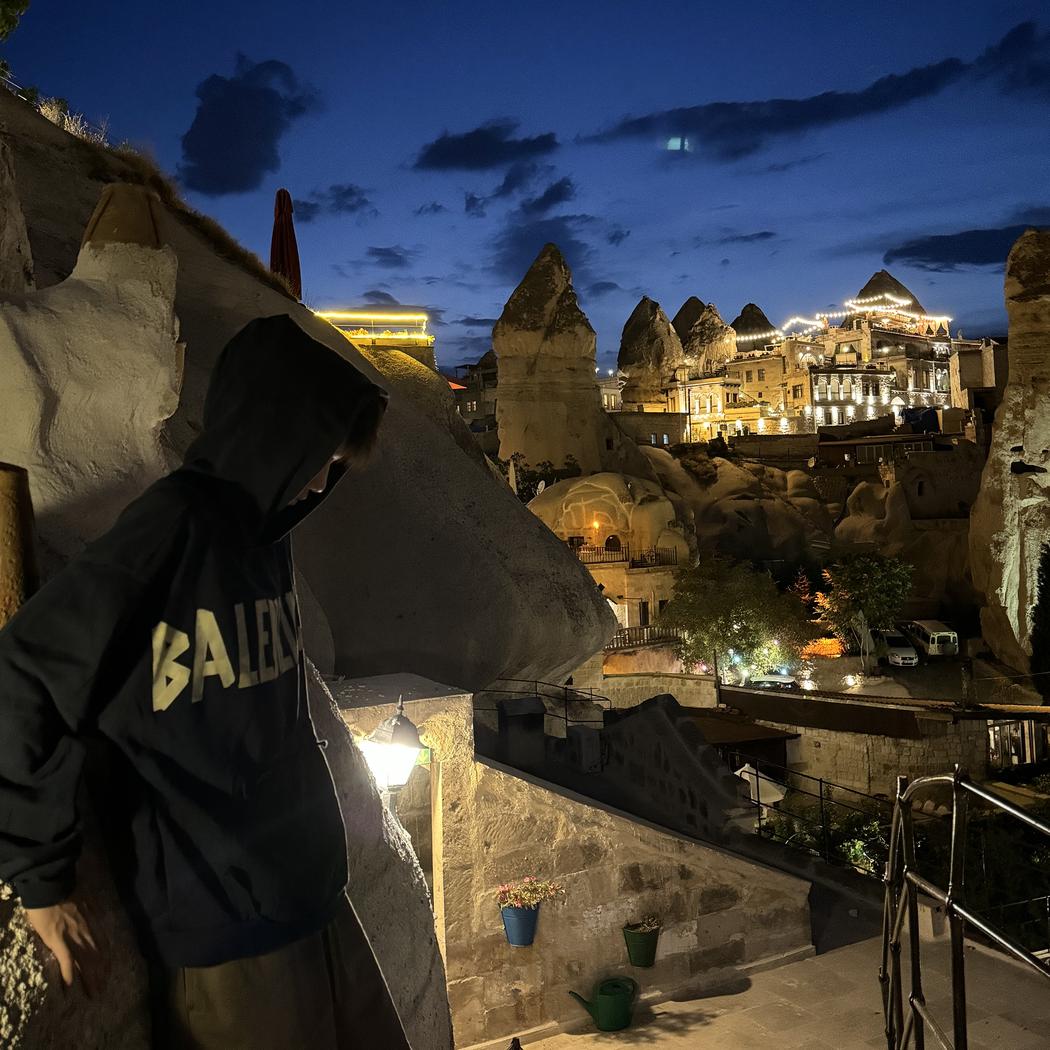
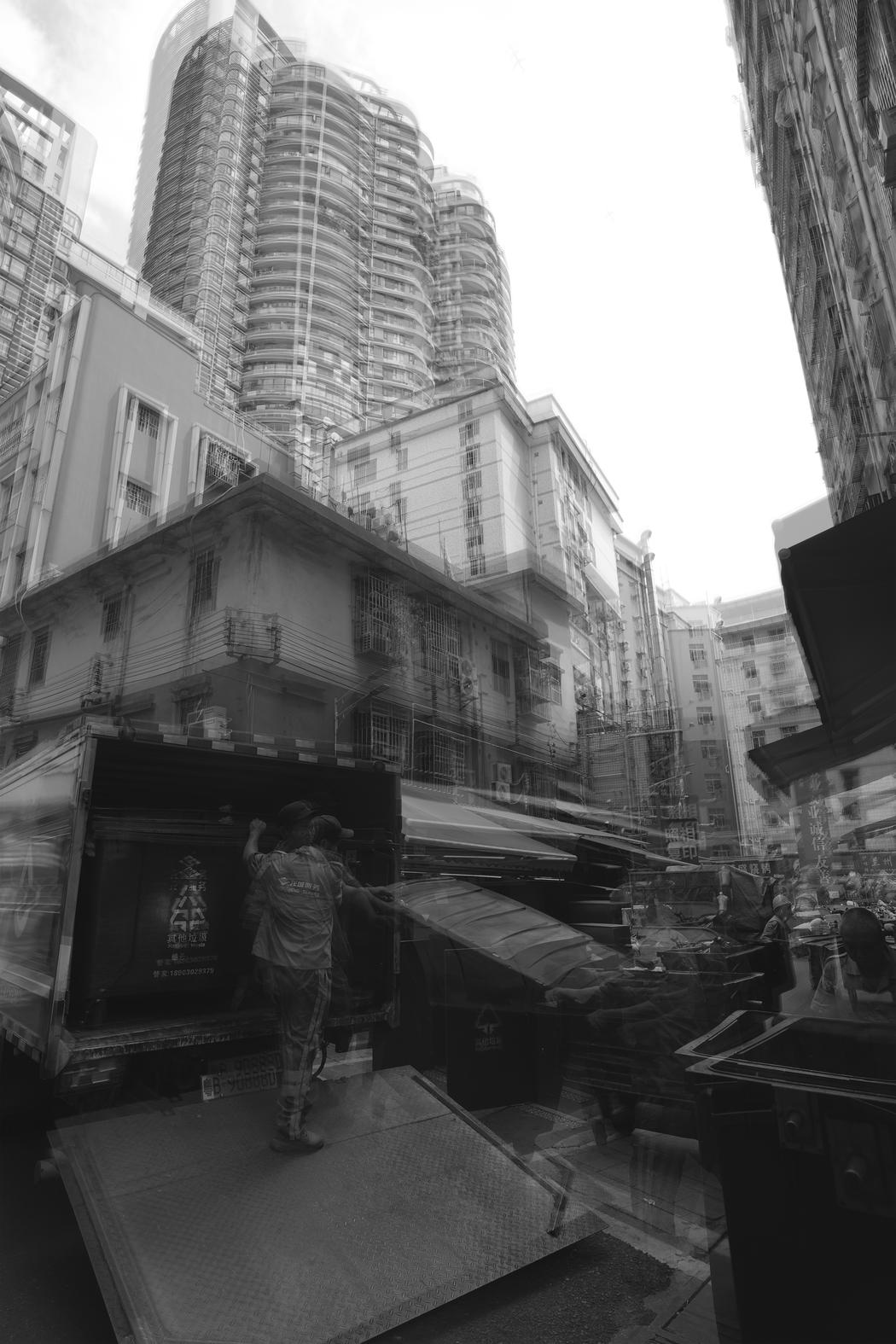
Leave a Reply